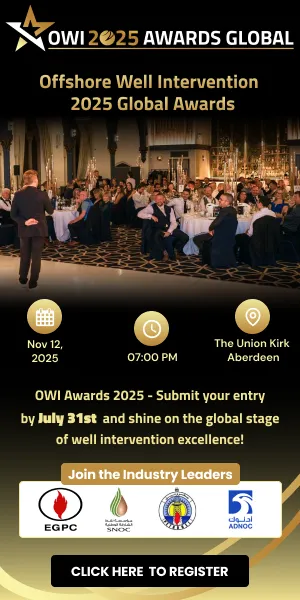
The partnership extends to knowledge exchange and more
The Nemetschek Group, a leading global software provider for the Architecture, Engineering, Construction and Operations (AEC/O) sector, has entered a strategic partnership with WakeCap Technologies, the Middle East’s foremost construction technology company specialising in sensor-powered, real-time project control systems. The collaboration aims to accelerate digital transformation across the Gulf Cooperation Council’s (GCC) construction ecosystem.
The partnership combines Nemetschek Group’s extensive portfolio of industry-leading software solutions with WakeCap’s advanced sensor-powered platform, which provides real-time workforce visibility and comprehensive site intelligence. WakeCap currently operates across projects exceeding US$100bn, tracking over 150 million worker hours, and has delivered significant outcomes including more than a 90% reduction in safety violation observations, productivity gains exceeding 25%, and incident response times cut by over 70%. Its safety solutions are now mandatory across major regional projects, including Aramco, Neom, and Qiddiya.
Under the agreement, both companies will jointly pursue business opportunities and initiatives within the GCC. WakeCap’s regional expertise and established relationships with leading owners and contractors will support Nemetschek Arabia and its affiliates in market entry and expansion, offering localised insights and access to a network of industry partners. The collaboration also includes developing joint go-to-market strategies targeting construction and real estate stakeholders and exploring integration of WakeCap technologies with Nemetschek platforms such as Bluebeam, dTwin, and GoCanvas.
Partnership aims
The partnership extends to knowledge exchange, co-creating thought leadership content, whitepapers, digital construction initiatives, and joint participation in regional industry events. Both organisations will also explore synergies in the infrastructure and natural resources sectors, where demand for intelligent, data-driven project delivery solutions is growing.
Marc Nezet, Group Chief Strategy Officer and Chief Division Officer of Nemetschek Group, said, “WakeCap is one of the most innovative frontrunners in the global construction tech landscape. Their ability to deliver real-time visibility and actionable insights at scale is reshaping how major infrastructure projects are built and managed. By combining Nemetschek’s world-class software capabilities with WakeCap’s cutting-edge solutions and regional strength, we are excited to unlock transformative outcomes for the GCC’s construction sector.”
Muayad Simbawa, Managing Director of Nemetschek Arabia, added, “This collaboration marks a significant milestone in our mission to accelerate digital innovation in construction across the Gulf region. Together with WakeCap, we aim to deliver more connected, intelligent, and efficient project delivery models that align with the region’s national development agendas and sustainability goals.”
Dr. Hassan Albalawi, CEO and Founder of WakeCap, said, “This partnership validates our vision of transforming construction through real-time intelligence. We’ve proven our technology can fundamentally change how giga-projects are delivered, reducing risk, and driving efficiency. Now, by combining our field-proven platform with Nemetschek’s global reach and software ecosystem, we’re not just expanding our market, we’re defining the future of construction technology. Our joint solutions will become the global benchmark for intelligent project delivery, starting here in the GCC where the world’s most ambitious projects are already relying on WakeCap.”
This agreement underscores Nemetschek Group’s ongoing commitment to driving digital innovation in construction and infrastructure markets worldwide. With the GCC construction market valued at over US$120bn annually and several multi-trillion-dollar national transformation programs underway, the region represents an ideal proving ground for these advanced technologies.









